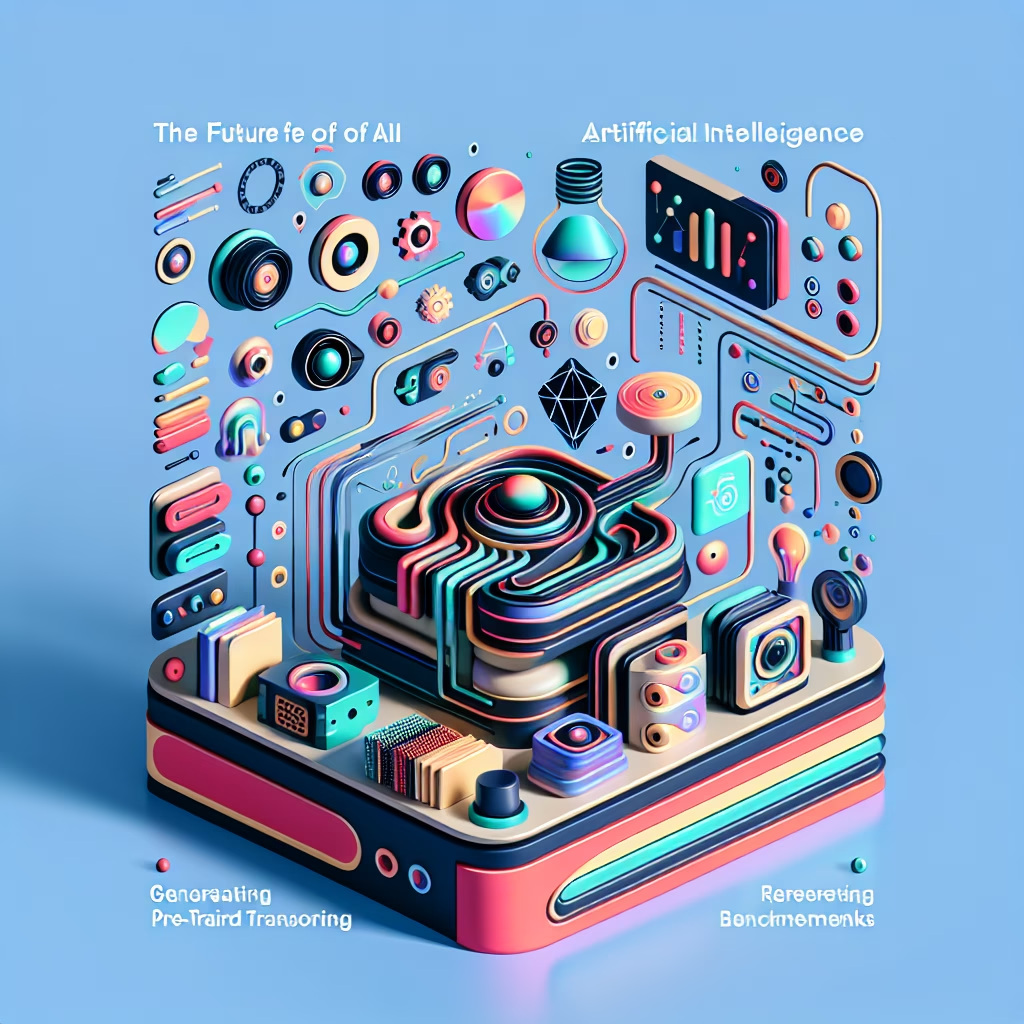Introduction: The Dawn of GPT-5
OpenAI has launched GPT-5, its latest and most advanced large language model, officially released on August 7, 2025. This new release marks a major milestone in AI development, offering not just incremental improvements but a complete rethink of how AI models interact, reason, and assist users in diverse real-world workflows. GPT-5’s debut signals the start of a new era for language models, moving AI beyond chatbots and into agentic, decision-making roles.
Feature Highlights of GPT-5
- Unified AI Model: GPT-5 seamlessly combines reasoning abilities with fast, context-aware responses, eliminating the need for users to select specific models or settings.
- Structured Reasoning: The model excels at multi-step logic, making it highly effective for complex problem solving, decision-making, and agentic tasks.
- True Multimodality: Building on GPT-4o’s real-time text, image, and voice capabilities, GPT-5 further enhances vision tasks, with groundwork laid for future video processing and deeper tool integration.
- Dynamic Compute Routing: GPT-5 uses a hierarchical, multi-stage routing system, automatically choosing between rapid response and deep, stepwise reasoning for each prompt.
- Massive Context Window: Supports up to 400,000 tokens for input and output via the API, enabling the processing of much longer documents, richer conversations, and more extensive data analysis.
- Agentic and Tool Use Capabilities: Performs multi-step tasks, reliably uses external tools, and maintains memory and context over long workflows—making it suitable as a real workflow agent.
- New Safety and Reliability Features: Fewer hallucinations, reduced instruction-following failures, improved behavior alignment in safety-critical domains like healthcare and legal applications
How GPT-5 Differs from Previous Models
| Feature | GPT-4o | GPT-5 |
|---|---|---|
| Reasoning Style | Fast, reactive | Multi-step, adaptive |
| Multimodality | Text, image, voice | Deeper vision, video-ready |
| Context Size | 128k tokens | 400k tokens |
| Tool Integration | Limited | Robust, multi-tool |
| Agentic Tasks | Basic workflows | Complex workflows |
| Safety | Good | Best, <1% hallucination rates |
GPT-5 is not just incrementally faster or bigger; it introduces structured reasoning, more robust multimodal processing, and an agentic orientation that allows it to act on behalf of users with minimal supervision. It’s a unified model, no longer requiring users to switch between specialized subsystems.
Performance Benchmarks
Academic & Reasoning Power
- MATH (AIME 2025): 94.6% accuracy (vs 42.1% for GPT-4o).
- SWE-bench Verified (Coding): 52.8% to 74.9% accuracy in real-world code reviews.
- Healthcare (HealthBench Hard): Scores 67.2% with “thinking mode”—a notable gain in domain-specific reasoning.
- Multimodal Understanding (MMMU): 84.2% accuracy across vision, video, and scientific problems.
- Error Rates: Hallucinations and instruction failures dropped below 1%—dramatically lower than previous models.
Speed & Pricing
- Throughput: 126 tokens/second
- Latency: 76s time to first token (TTFT) for complex responses.
- Cost: $1.25 per million input tokens, $10 per million output tokens.
Technical Specification
- Context Window: Up to 400,000 tokens (largest mainstream model context yet).
- Model Variants: Base, Mini, Nano (for mobile/edge), Pro (for advanced reasoning & research).
- Routing System: Multi-stage; uses fast response or activates high-reasoning mode for deep problems.
- API Controls: Customizable verbosity, reasoning effort, structured tool calls, and reproducibility features.
- Output Modes: Improved JSON, function calling, and better type inference for seamless app integration.
- Safety Features: Advanced prompt optimization, context grounding, and safety alignments for handling risky queries.
Best Practices for Using GPT-5
- Leverage Reasoning Mode: For complex logic, use prompts like “think step by step” or “take your time”—this automatically engages deep reasoning for more accurate results.
- Test Multimodality: Experiment with text, image, and voice input for the smoothest multimodal experiences. Prepare for video integration soon.
- Optimize Prompts: Clear, structured prompts yield the best outputs. Use API features for reproducibility and structured results.
- Tool Integration: Use function calling and external tools to automate workflows. GPT-5 is robust for agents and tool-use tasks.
- Safety & Reliability: For critical domains, rely on reasoning mode and error-rate minimization. Always review sensitive outputs, especially in healthcare and legal settings.
- Iterate Quickly: Take advantage of GPT-5’s rapid output and feedback cycles; iterate, refine, and replay tasks for best results.
Conclusion
GPT-5 is not just another AI model—it’s a transformative leap, introducing agentic reasoning, deep multimodality, and unrivaled reliability. Whether you’re coding, analyzing data, researching, generating content, or building apps, GPT-5 offers the smartest, fastest, and safest solution yet. OpenAI’s latest release paves the way toward more autonomous, workflow-oriented AI—where the question isn’t just “what can it do?” but “what can’t it do?”.
Start exploring GPT-5 today and discover the future of intelligence!
